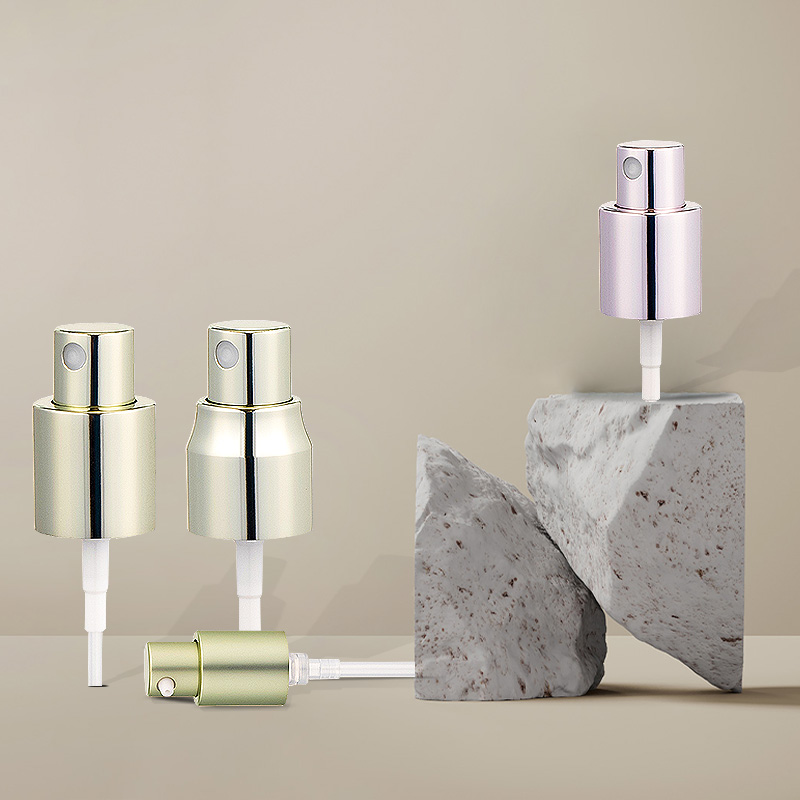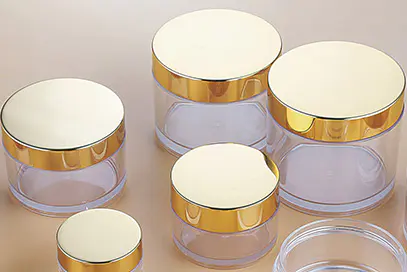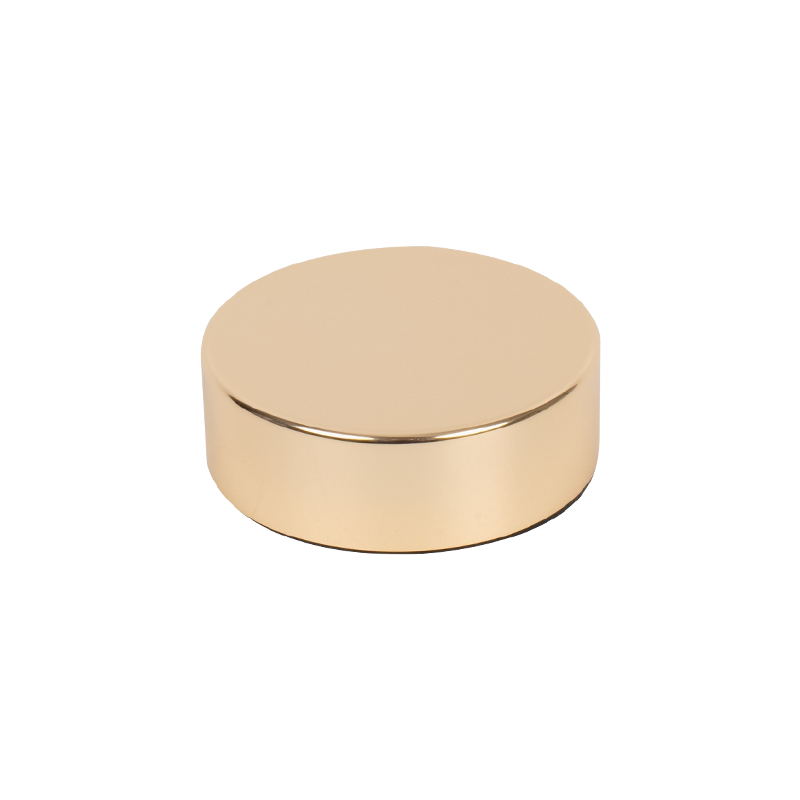Electrochemical Aluminum Spray Step Pump

In today's society, with people's increasing awareness of environmental protection, the cosmetics industry is also facing huge environmental challenges. Skincare bottles packaging (skin care bottle packaging) is an integral part of the cosmetics industry, and its recycling rate and degradability have become the focus of attention.
1. Improve recycling rate
Enhance public awareness of recycling: Use various media platforms, such as television, radio, newspapers, the Internet, etc., to widely publicize the importance and significance of recycling. Increase public attention to recycling issues by producing creative and attractive public service announcements, documentaries, short videos, etc. In schools, communities, public places and other places, we organize recycling knowledge lectures, themed exhibitions, interactive games and other activities to let the public have an in-depth understanding of the process, methods and value of recycling. Encourage and support environmental protection organizations, volunteer teams, etc. to carry out recycling publicity activities and expand the scope of dissemination of recycling knowledge.
Establish convenient recycling channels: Set up recycling bins or recycling stations in shopping malls, supermarkets, cosmetics stores and other places to facilitate consumers to put away used packaging at any time. At the same time, we cooperate with logistics companies to provide door-to-door recycling services to make recycling more convenient.
Optimize the recycling process: Establish an efficient recycling process to ensure that the recycled skin care product bottle packaging can be processed and classified in a timely manner. Establish long-term cooperative relationships with recycling companies to ensure that recycled materials can be used appropriately.
Introduce an incentive mechanism: encourage consumers to actively participate in recycling activities through points, discounts, gifts, etc. At the same time, certain policy support and financial subsidies will be provided to recycling companies to increase their recycling enthusiasm.
2. Improve degradability
Bio-based materials: Research and develop materials based on biological sources, such as polylactic acid (PLA), bio-based polyester, etc. These materials are derived from renewable resources, such as plants, microorganisms, etc., and have excellent degradability and environmental friendliness.
Microbial degradation materials: Utilize the metabolic effects of microorganisms to develop materials that can be rapidly decomposed under the action of microorganisms. This material can be decomposed into harmless substances by microorganisms in the natural environment, reducing environmental pollution.
Degradable structural design: Introduce degradable structural elements into material design, such as chemical bonds that are easy to break, sites that are easy to be attacked by microorganisms, etc. These designs allow materials to degrade quickly under certain conditions.
Degradation rate control: Control the degradation rate of materials by adjusting the composition and preparation process of the materials. For example, by adding degradation accelerators or inhibitors, the material can be degraded within the required time.
Environmental adaptability testing: When developing new materials, environmental adaptability testing is conducted to evaluate the material's degradation performance in different environments. This helps in selecting the material best suited for a specific application.
Environmentally Friendly Formulas: Choose formulas and additives that have a low impact on the environment and avoid the use of harmful chemicals. This can not only improve the degradability of the material, but also reduce environmental pollution during production and use.
3. Innovative recycling and degradation technology
Research and develop advanced recycling technology: introduce and develop advanced recycling technology, such as physical recycling, chemical recycling, etc. These technologies can recycle used skin care product bottle packaging more efficiently and improve recycling rates.
Explore biodegradation technology: Research and apply biodegradation technology to decompose waste packaging into harmless substances through biological factors such as microorganisms and enzymes. This technology has the advantages of environmental protection and high efficiency, and is an important direction for the future degradation of skin care product bottle packaging.
4. Establish a cooperation and sharing mechanism
Strengthen industry cooperation: Establish a cooperation mechanism within the cosmetics industry to jointly promote the improvement of recycling rate and degradability of skin care product bottle packaging. Achieve mutual benefit and win-win results through exchange of experience and sharing of resources.
Cross-industry cooperation: Cooperate with recycling companies, scientific research institutions and other cross-industry cooperation to jointly develop new degradable materials and recycling technologies. Promote the development of environmental protection in the entire society through cross-sector cooperation.
Improving the recycling rate and degradability of skincare bottles requires multi-faceted efforts. By enhancing public awareness of recycling, establishing convenient recycling channels, optimizing recycling processes, and introducing incentive mechanisms, the recycling rate can be increased; by developing new degradable materials, promoting the use of degradable materials, optimizing packaging design, strengthening supervision and law enforcement, etc. measures that can improve degradability. At the same time, innovating recycling and degradation technologies and establishing cooperation and sharing mechanisms are also important ways to promote the development of environmental protection in the entire industry.


What are the new development trends in the materials and production methods of Cosmetics Pump Empty Bottle?

What types of plastic materials are commonly used in cosmetic plastic packaging?
News Categories
Recent Posts

Dec 17,2025

Dec 10,2025
